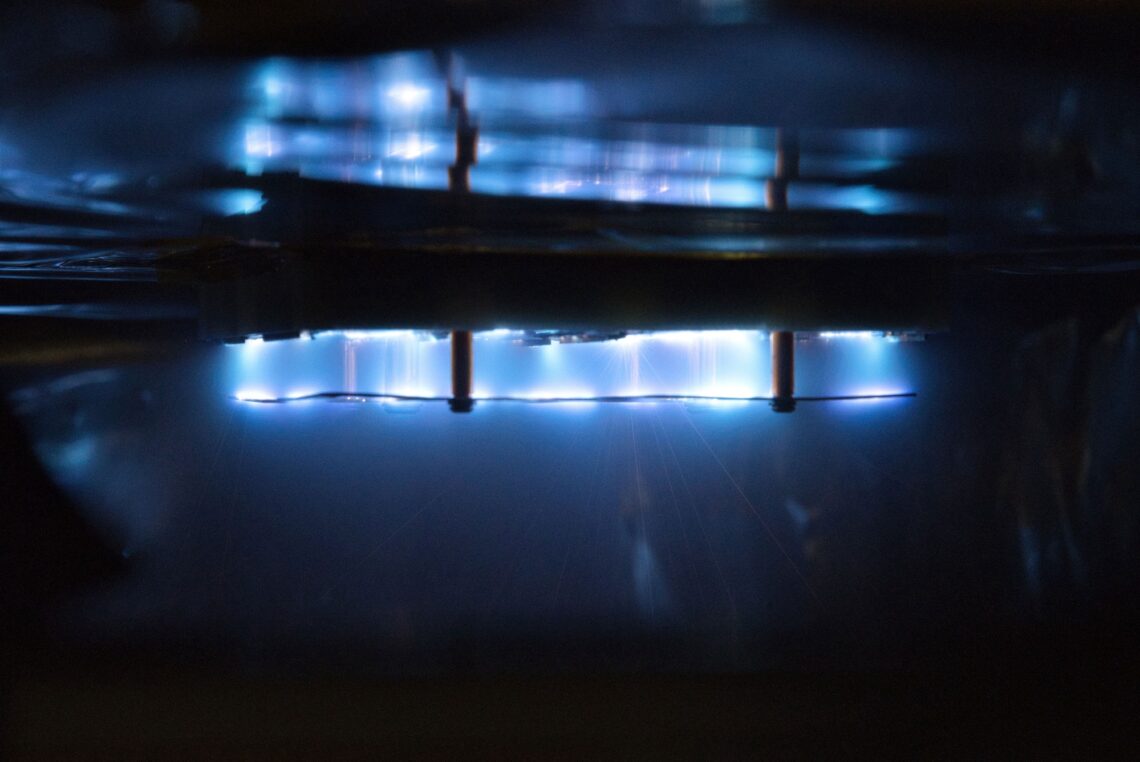WASHINGTON — Benchmark Space’s first electric thruster is in orbit and ready to begin operations as the company moves into large-scale production of the systems.
The company announced March 19 that its Xantus thruster is on the Electro-Optical/Infrared (EO/IR) Weather Systems (EWS) demonstration cubesat built by Orion Space Solutions and launched on the SpaceX Transporter-10 rideshare mission March 4. The company said it expects to soon start firing the thruster after completing on-orbit checkouts.
Xantus is a metal plasma thruster that uses molybdenum as propellant. Benchmark, which has developed chemical propulsion systems, obtained the technology in its August 2022 acquisition of Alameda Applied Science Corporation.
On EWS, a 12U cubesat, the millinewton-class Xantus thruster will be used for end-to-end spacecraft operations, including deorbiting at the end of its mission. Benchmark, though, sees the biggest demand for the thruster on larger spacecraft.
“The bulk of our demand right now is in the microsat class,” said Chris Carella, chief commercial officer of Benchmark, in an interview. On those spacecraft, he said, Xantus would be used in clusters of two or four to provide stationkeeping and other “precision maneuver” applications, such as for proximity operations or payload pointing.
“Xantus does a great job at everything a cubesat needs to do, but mainly where the demand is coming from is that microsat and ESPA-class,” he said.
Benchmark is offering Xantus in combination with chemical propulsion thrusters that offer higher thrust, a “multi-tech hybrid” approach. “We have this toolbox of different technologies,” he said. “Benchmark from the start has wanted to be able to serve a customer from mission to mission even as the mission needs change.”
Benchmark says it is moving ahead with large-scale production of Xantus, with more than 50 units scheduled for delivery this year. That includes more than 10…
Read the full article here

